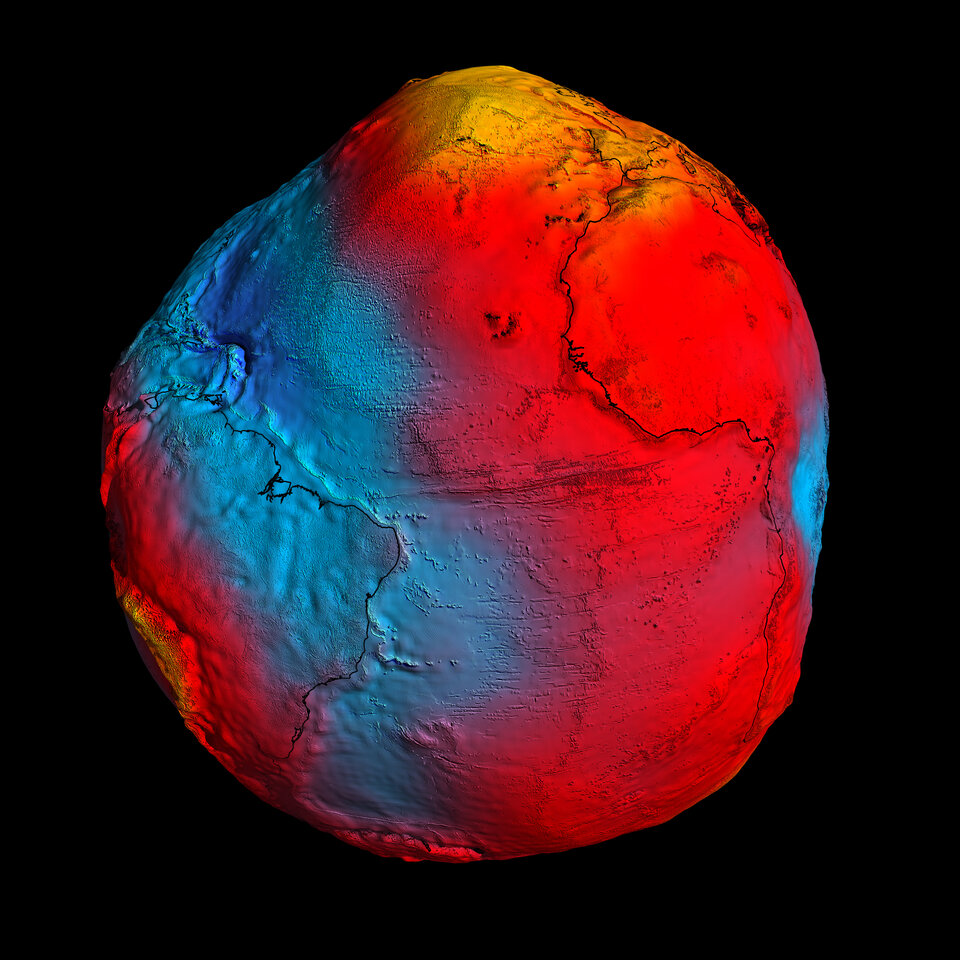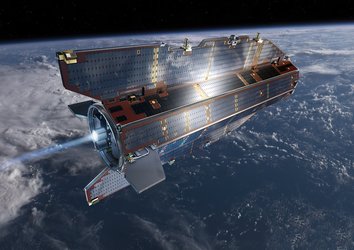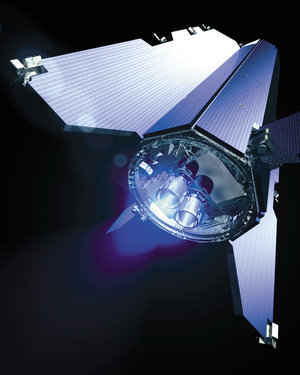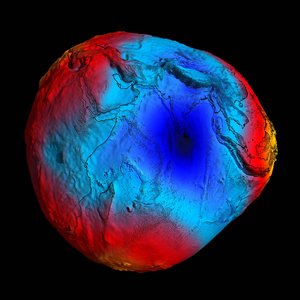GOCE gives in to gravity
Close to 01:00 CET on Monday 11 November, ESA’s GOCE satellite reentered Earth’s atmosphere on a descending orbit pass that extended across Siberia, the western Pacific Ocean, the eastern Indian Ocean and Antarctica. As expected, the satellite disintegrated in the high atmosphere and no damage to property has been reported.
Launched in March 2009, the Gravity field and steady-state Ocean Circulation Explorer – GOCE – has mapped variations in Earth’s gravity with unrivalled precision. The result is the most accurate shape of the ‘geoid’ – a hypothetical global ocean at rest – ever produced, which is being used to understand ocean circulation, sea level, ice dynamics and Earth’s interior.
GOCE’s innovative ion engine, responsible for keeping the satellite at an incredibly low orbit of under 260 km, together with its accelerometer measurements have also provided new insight into air density and wind speeds in the upper atmosphere.
On 21 October, the mission came to a natural end when it ran out of fuel. Over the past three weeks the satellite gradually descended.

While most of the 1100 kg satellite disintegrated in the atmosphere, an estimated 25% reached Earth’s surface.
An international campaign involving the Inter-Agency Space Debris Coordination Committee and ESA’s Space Debris Office monitored the reentry.
“The one-tonne GOCE satellite is only a small fraction of the 100–150 tonnes of man-made space objects that reenter Earth’s atmosphere annually,” said Heiner Klinkrad, Head of ESA’s Space Debris Office.
“In the 56 years of spaceflight, some 15 000 tonnes of man-made space objects have reentered the atmosphere without causing a single human injury to date.”
For an overview of the satellite’s final days and recent scientific discoveries, visit the dedicated webpage.















 Germany
Germany
 Austria
Austria
 Belgium
Belgium
 Denmark
Denmark
 Spain
Spain
 Estonia
Estonia
 Finland
Finland
 France
France
 Greece
Greece
 Hungary
Hungary
 Ireland
Ireland
 Italy
Italy
 Luxembourg
Luxembourg
 Norway
Norway
 The Netherlands
The Netherlands
 Poland
Poland
 Portugal
Portugal
 Czechia
Czechia
 Romania
Romania
 United Kingdom
United Kingdom
 Slovenia
Slovenia
 Sweden
Sweden
 Switzerland
Switzerland































